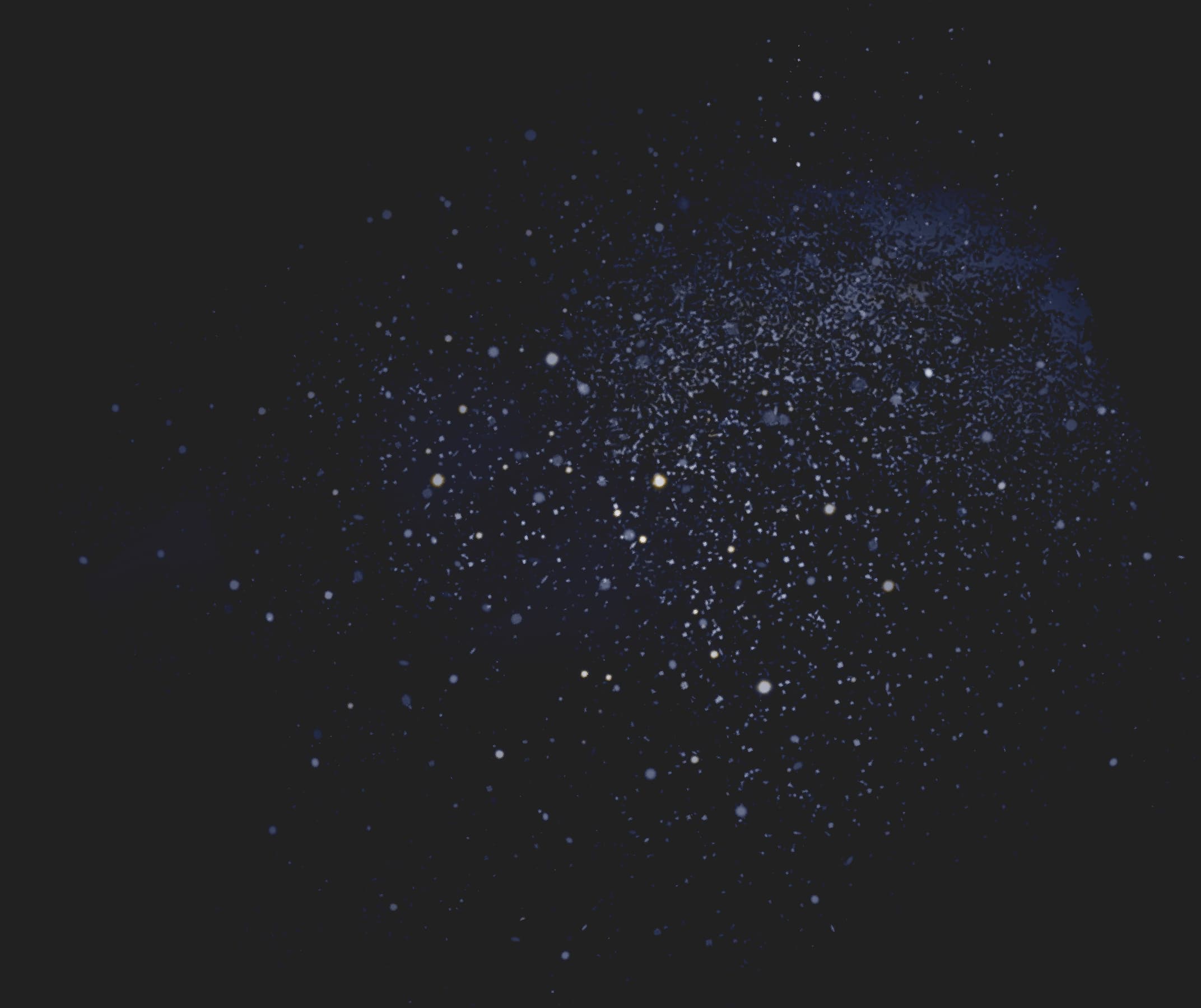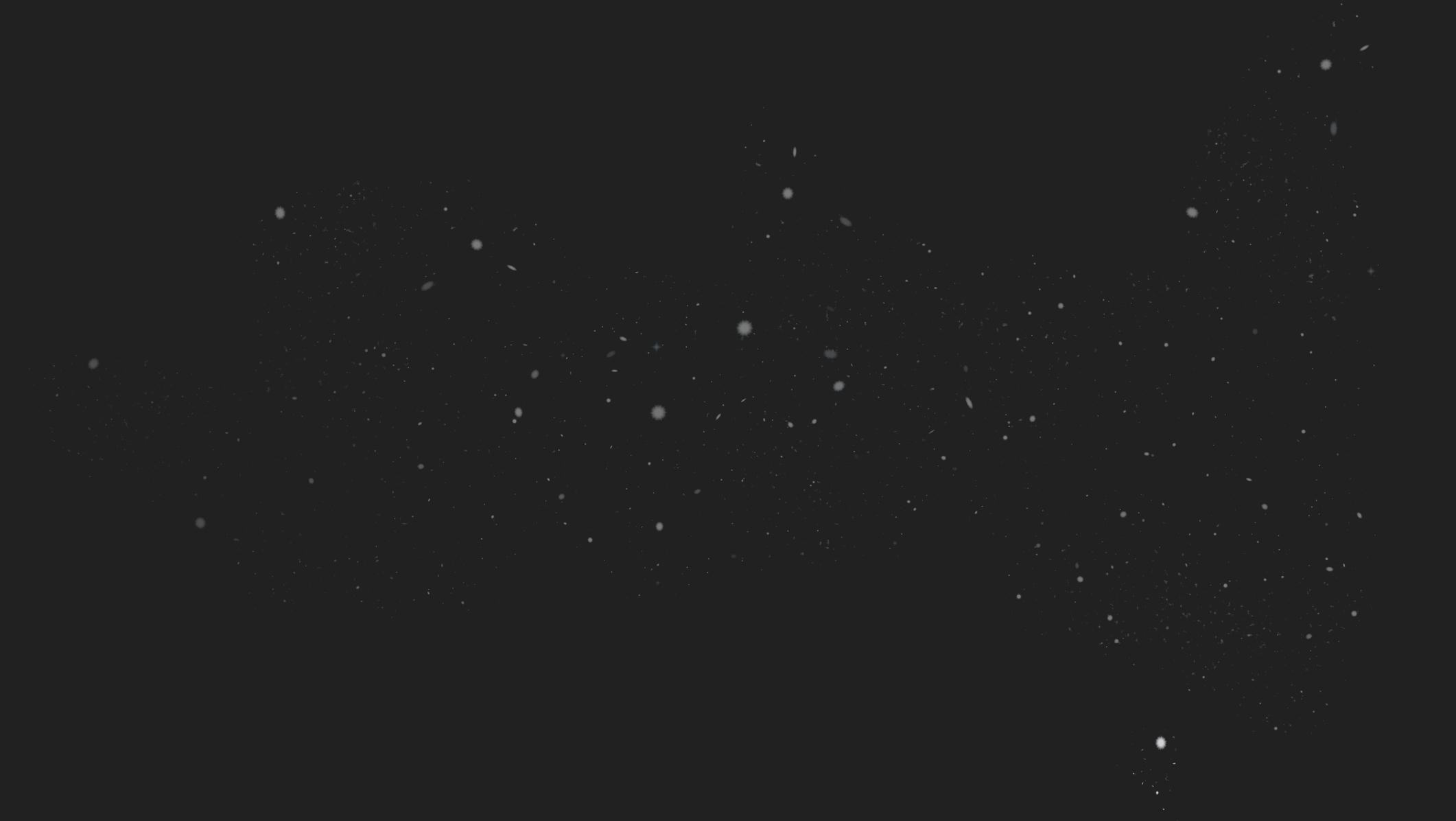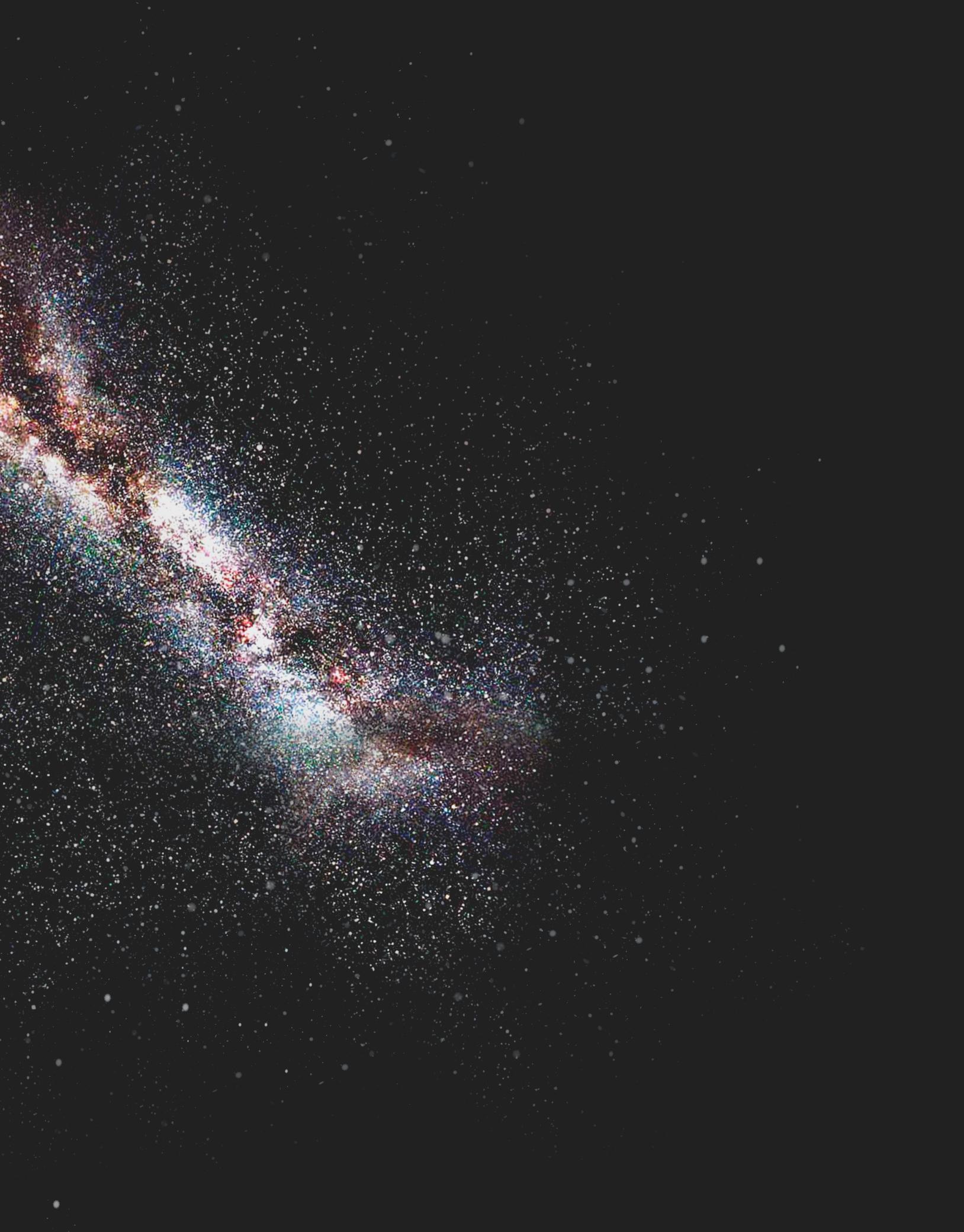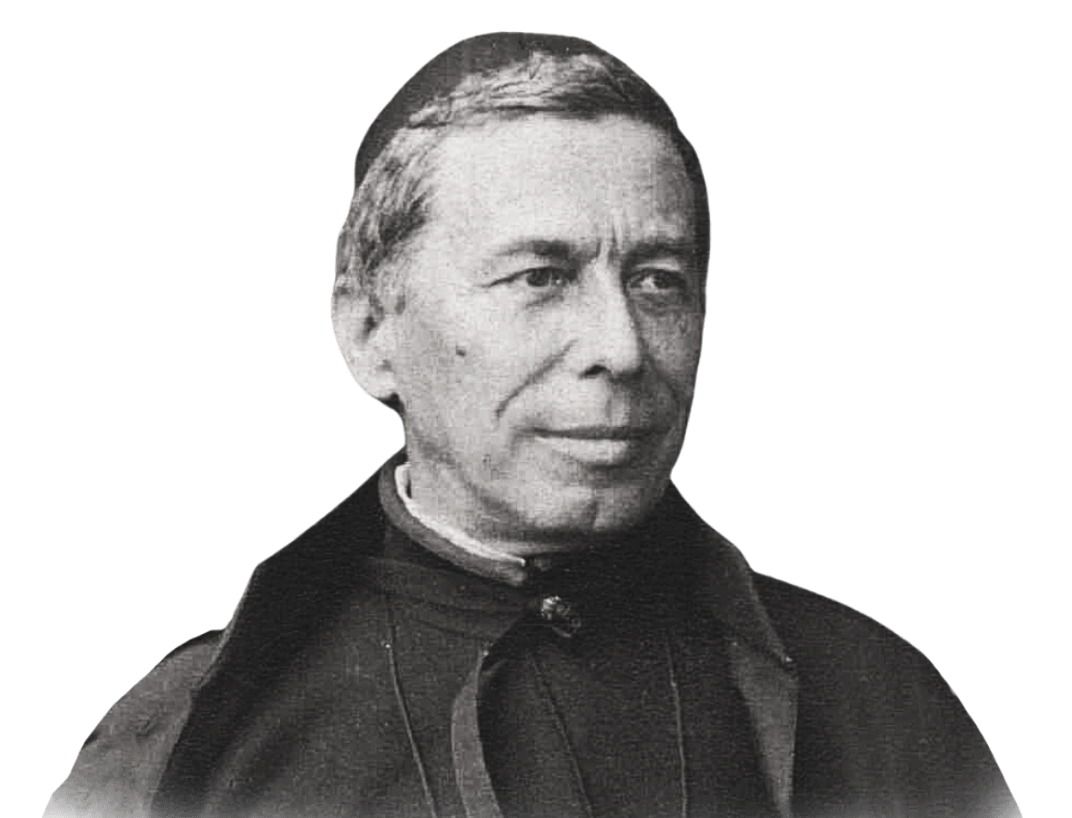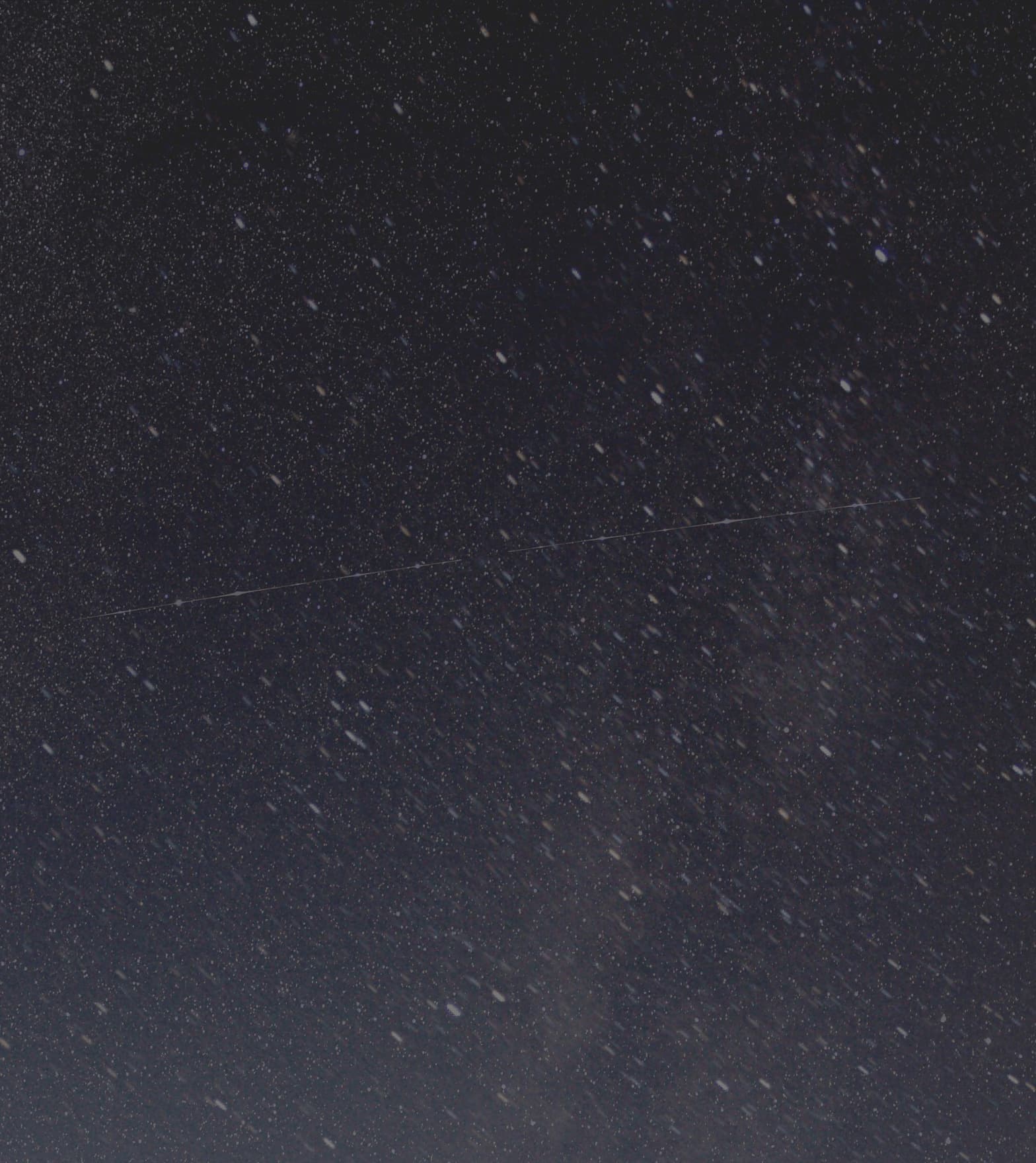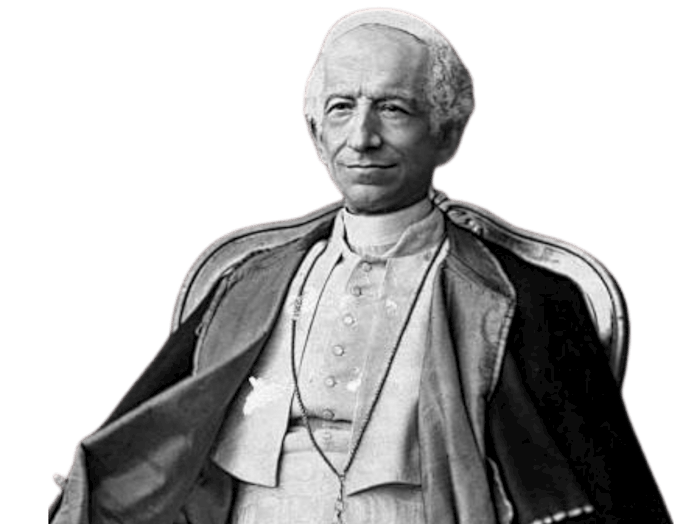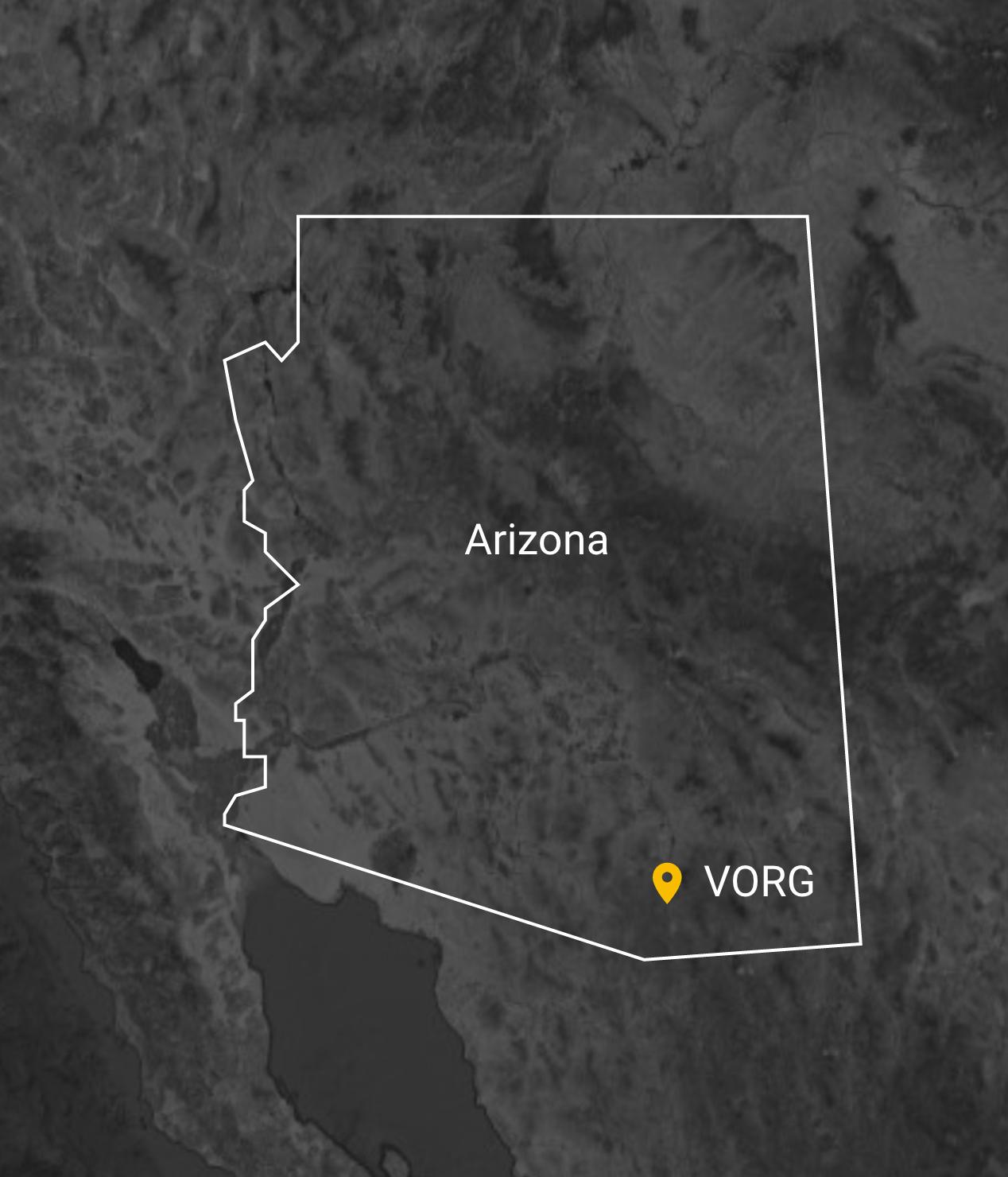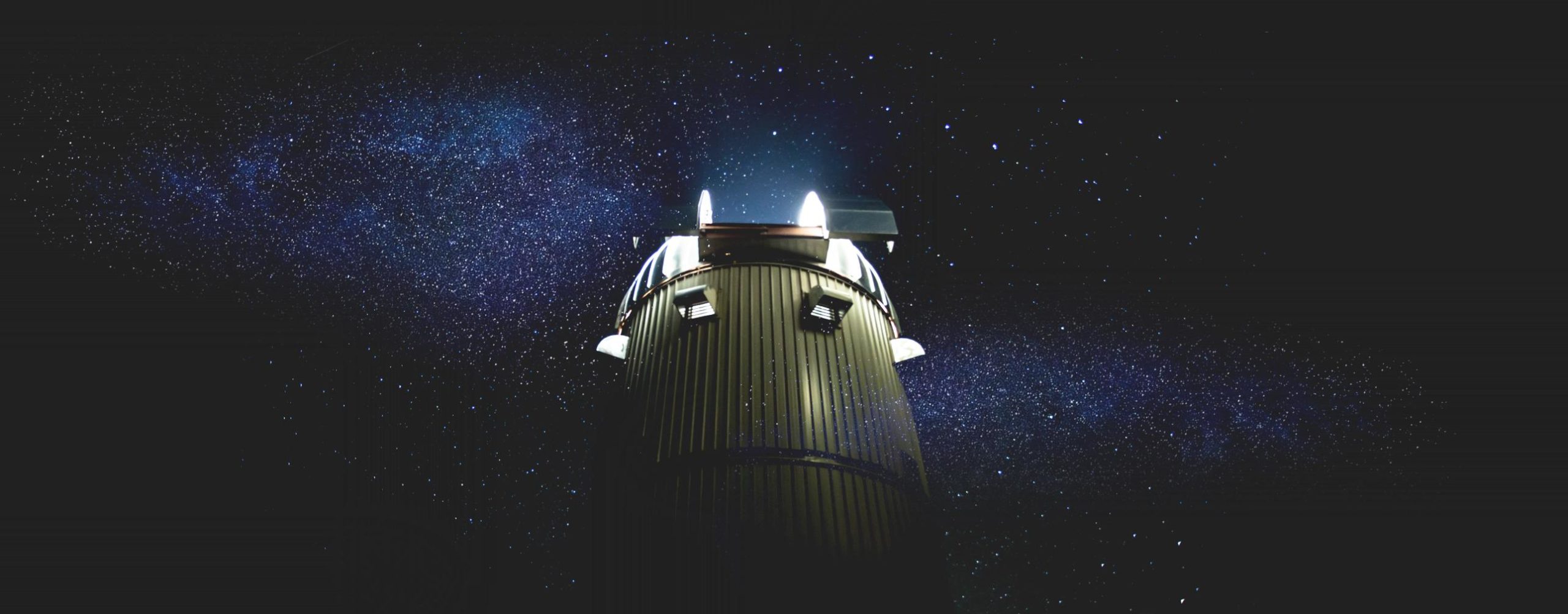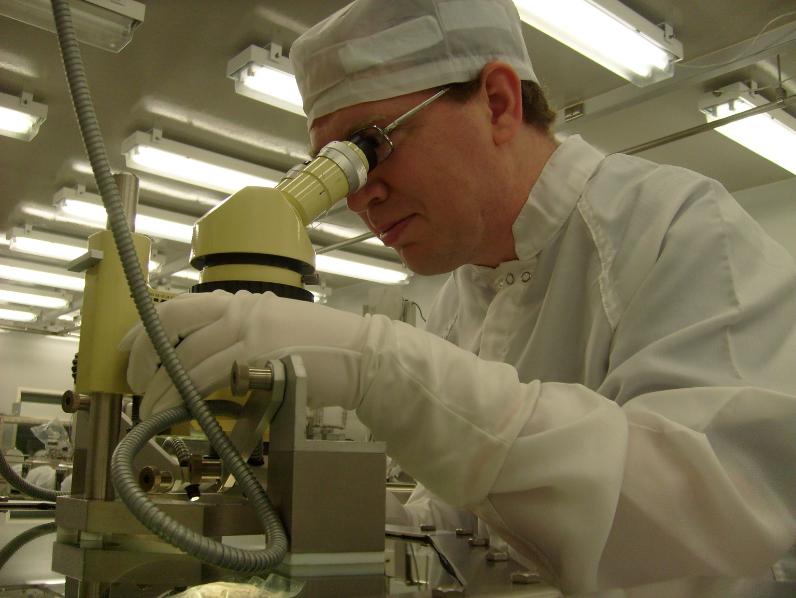In its historical roots the Vatican Observatory is one of the oldest astronomical institutions in the world.
The first foreshadowing of the Observatory can be traced to Pope Gregory XIII and the constitution of a committee to study the scientific data and implications involved in the reform of the Julian calendar in use since 45 B.C.
The calendar contained a tiny error in determining the length of the year, and by the late 1500s the error had grown large enough to make timing of Church holy days out of sync with their respective seasons.
The committee working on the project included Fr. Christoph Clavius, a Jesuit mathematician from the Roman College, who expounded and explained the reform of the calendar.
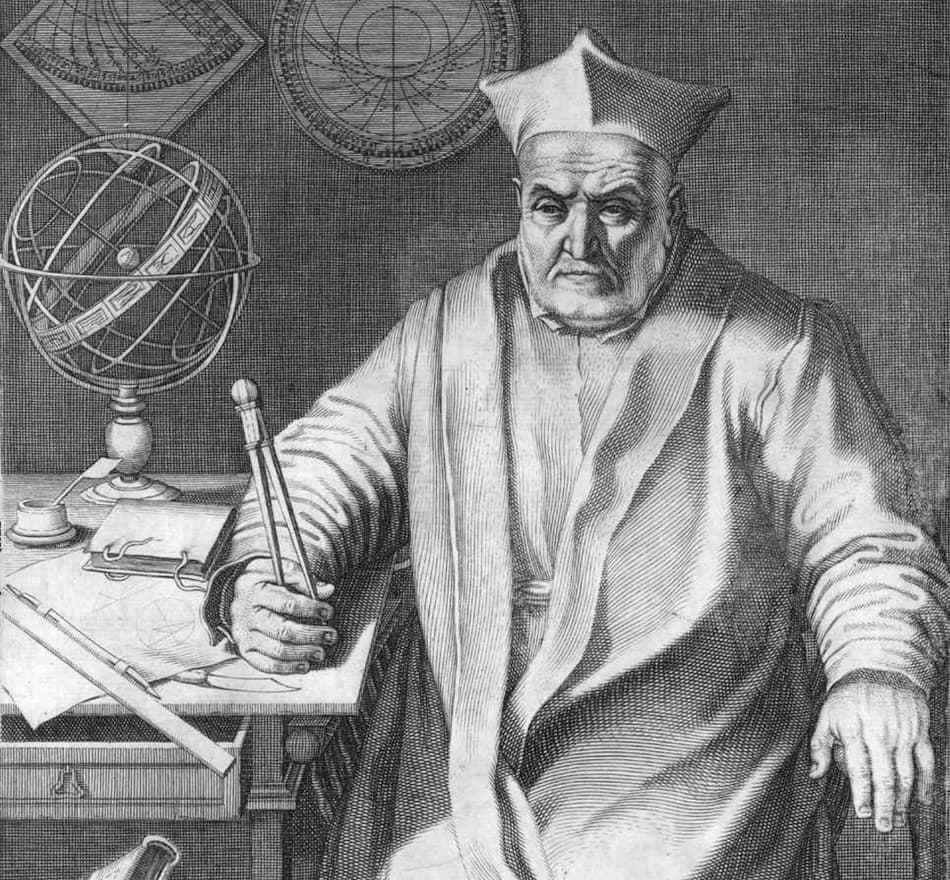
Rev. Christoph Clavius, S.J.
From that time, the Papacy has manifested an interest in and support for astronomical research.
In fact, several pontifical observatories were established in Rome, including the Observatory of the Roman College, the Observatory on the Capitoline Hill and the Specola Vaticana (or Vatican Observatory).
These early traditions of observational astronomy reached their climax in the mid-nineteenth century with the research of the Jesuit, Fr. Angelo Secchi, who directed the Roman College Observatory from 1850 until his death in 1878.
The most prolific of those who first classified stars according to their spectra, Fr. Secchi is often referred to as the “Father of Modern Astrophysics” and his technique remains important in modern research. He was also the first astronomer to observe carefully the surface of Mars and the clouds of Jupiter, and measure the composition of planetary atmospheres.
And his pioneering work connecting solar activity with magnetic storms on Earth is continued by the Sun Earth Connection Coronal and Heliospheric Instrument (SECCHI) on NASA’s STEREO spacecraft.
Following the unification of Italy in 1870, the pontifical observatories became state property.
Despite this setback, the Vatican continued its support of astronomy.
In an effort to counteract the accusations that there was a conflict between the Church and science, Pope Leo XIII formally re-founded the Specola Vaticana (Vatican Observatory) in 1891.
From a hillside behind St. Peter’s Basilica, Vatican astronomers studied the heavens, taking part in an international program to map the whole sky.
By the 1930s, however, the city’s lights had begun to blot out the fainter stars, and in 1935 Pope Pius XI moved the Observatory to the papal summer residence at Castel Gandolfo, a town in the Alban Hills about 25 kilometers outside Rome.
At that time, a group of young Jesuit physicists set up a Spectrochemical Lab to measure the colors of gases important in the spectra of stars; they also founded the scientific journal, Spectrochimica Acta.
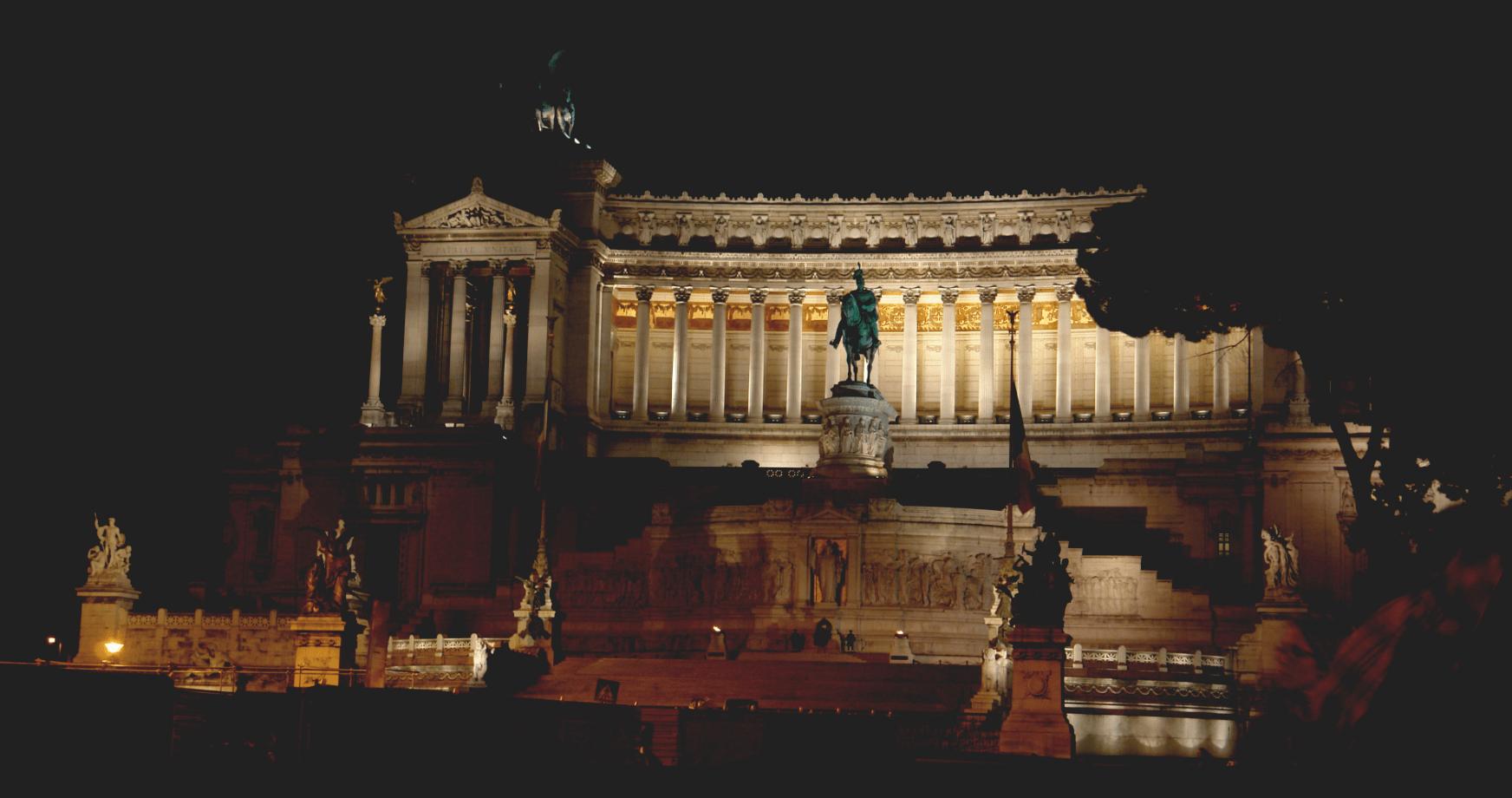
Victor Emmanuel II Monument, Rome
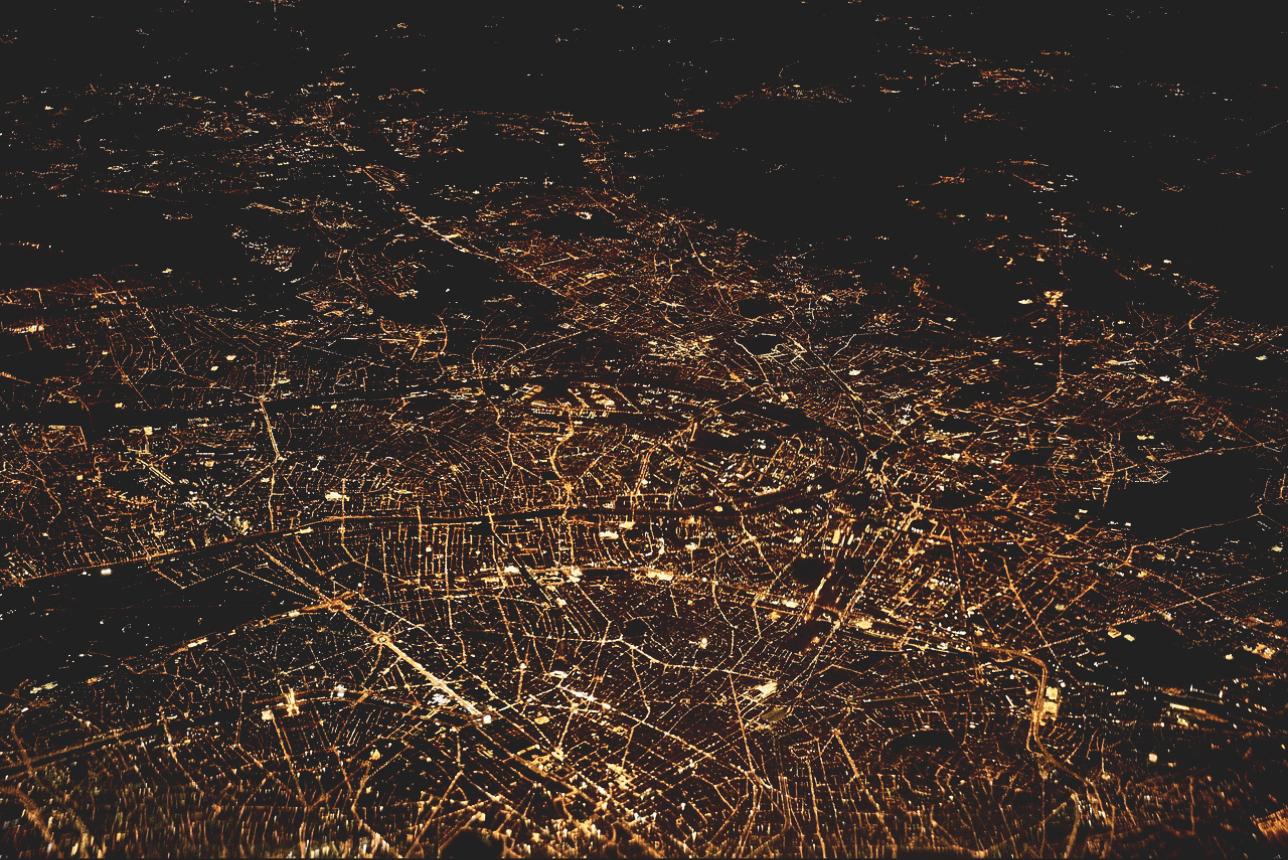
Aerial View of Rome at Night
Urban light pollution once again caught up with the astronomers at Castel Gandolfo, and in 1980 they established a new division of the Observatory in Tucson, Arizona, an internationally recognized center for astronomy.
This location in the United States is called the Vatican Observatory Research Group (VORG) and is hosted by the University of Arizona’s Steward Observatory.
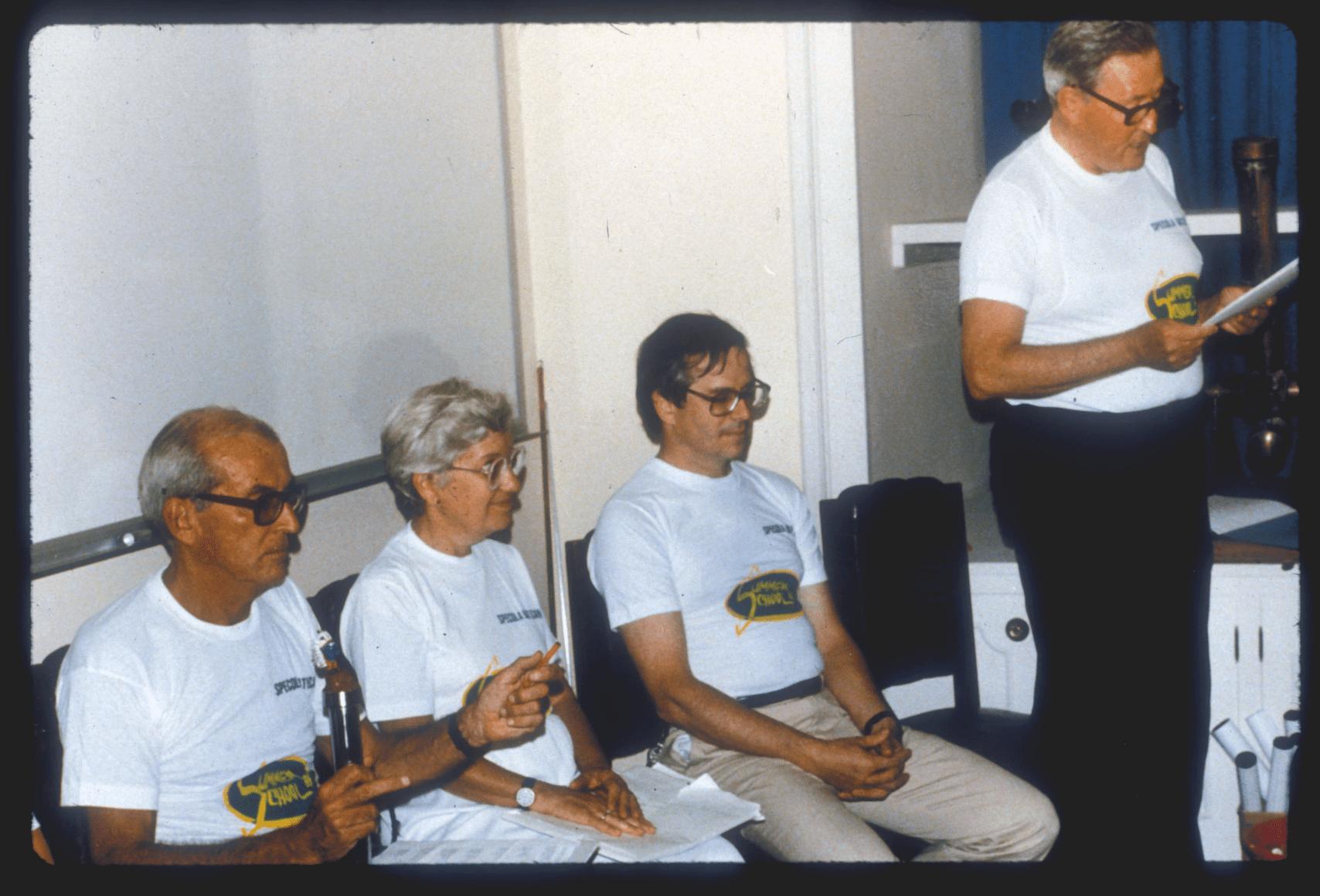
Vatican Obsevatory team members, 1986
New technology developed by Roger Angel and colleagues at the Steward Observatory offered significant promise for developing a more powerful telescope at considerable cost savings.
Collaborating with the Steward Observatory, the Vatican Observatory built the Vatican Advanced Technology Telescope (VATT) on Mt. Graham in southeastern Arizona.
Funding for the project was only possible with the generosity of private, philanthropic support. Hence, in 1987 the Vatican Observatory Foundation was established.
The Vatican Advanced Technology Telescope (VATT)
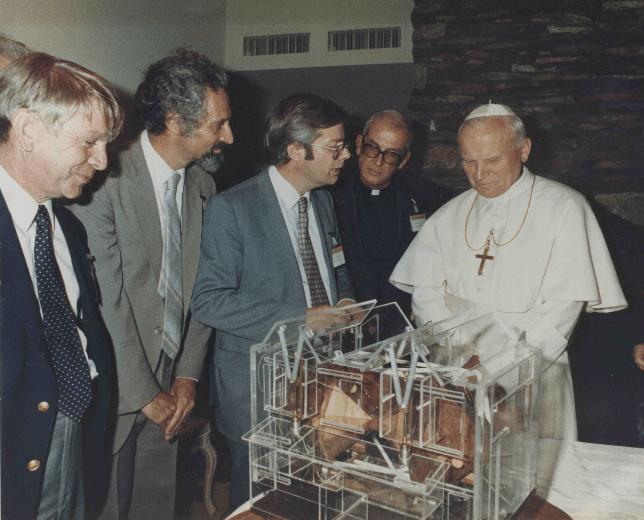
Pope John Paul II visiting Arizona, with members of the Arizona astronomy department describing their plans for an observatory including a telescope for the Vatican, 1987.
Dedicated in 1993, the VATT utilizes some of the most advanced and innovative optics, electronics and mechanics available — once again positioning the Vatican at the forefront of astronomy.
One of the first projects attempted at the VATT was the search for Massive Compact Halo Objects (MACHOs) around the Andromeda Galaxy. As a result of these observations, the MACHO theory for dark matter was decisively ruled out.
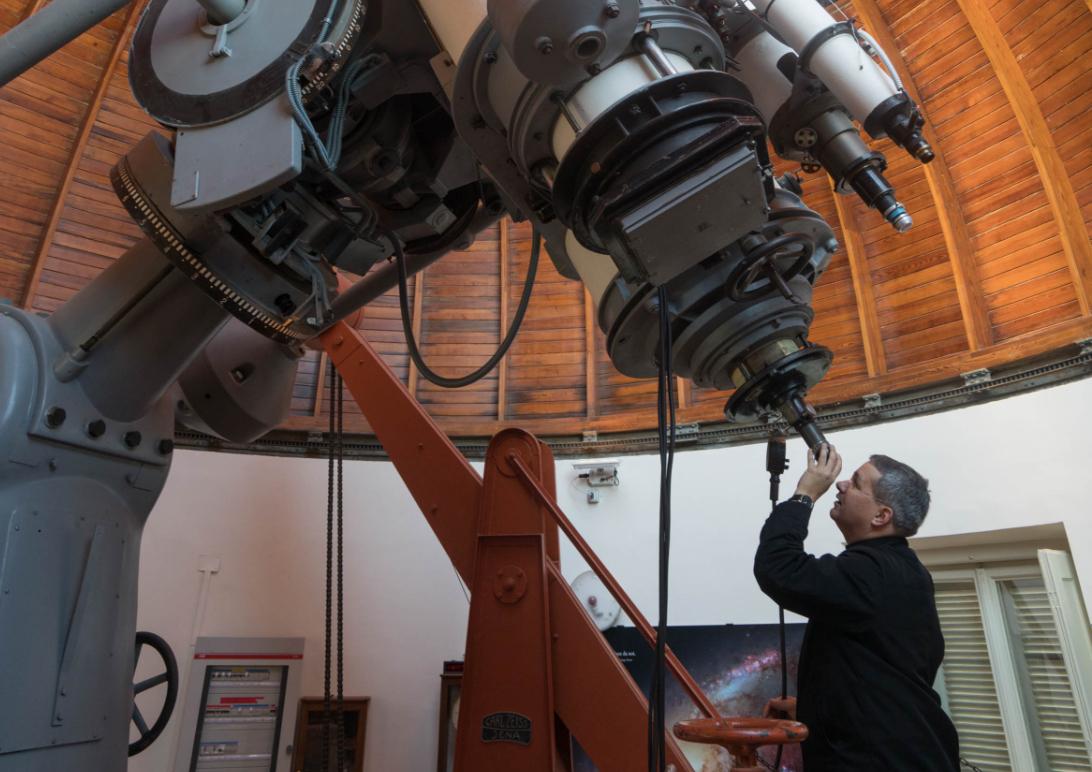
Br. David Brown, S.J. at Castel Gondolfo
Two Jesuit brothers, Guy Consolmagno and Bob Macke, devised a system for measuring the density, porosity, and thermal properties of meteorites and produced the first synoptic catalog based on these measurements made at meteorite collections around the world.
These data have proved invaluable for interpreting the results of current NASA and Japanese spacecraft missions to near-Earth asteroids.

Br. Guy Consolmagno, S.J.
